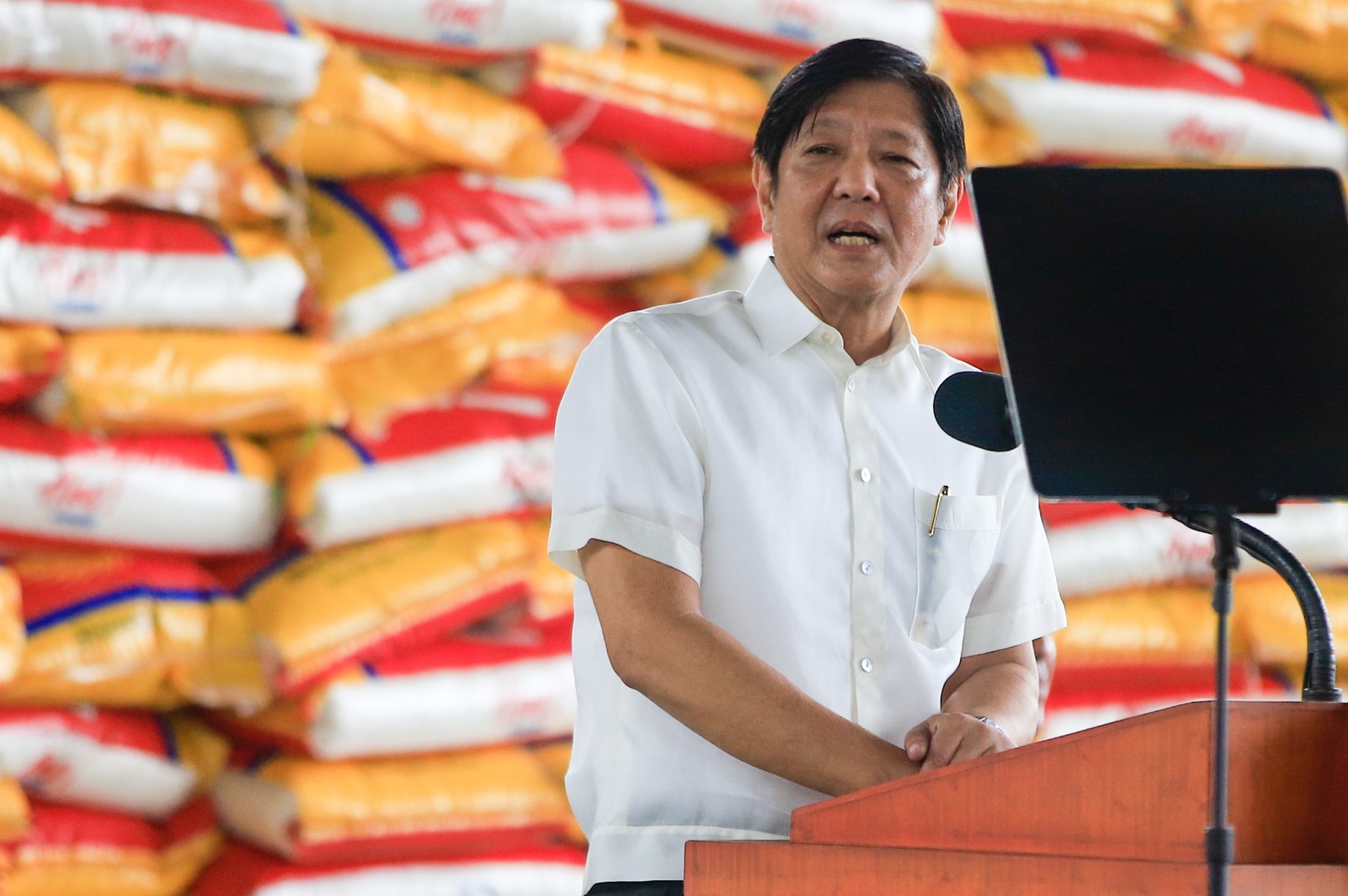President Marcos has lifted the temporary price ceiling on rice starting Wednesday, Oct. 4.

"Well, I think it’s the appropriate time since namimigay tayo ng bigas (since we are giving out rice). Yes, as of today, we are lifting the price caps on rice, both for the regular milled rice and for the well milled rice," Marcos said in a media interview after distributing rice donations in Taguig City.
The government, he said, will, however, continue to provide assistance to Filipinos in need, especially the farmers and vulnerable communities.
"We will continue the assistance that we have been giving to farmers, also the assistance that we have been given to those most underprivileged families, yung sa pinamababang demographic economic class dahil talaga silang naghihirap (to the lowest demographic economic class because they are the ones suffering the most)," Marcos said.
The lifting of the temporary rice price cap implemented starting early September came a day after the Department of Agriculture (DA) recommended its lifting, considering the "positive indicators" they have observed during its implementation.
Agriculture Director Gerald Glenn Panganiban cited the decreasing prices observed in the market and the projected increase of rice supply amid local harvest coming from the last quarter of the year as indicators that could lead to the withdrawal of the price cap.
Marcos also cited these indicators when he announced the lifting of the price ceiling policy.
He also said that they are going to "watch very closely" those who will be affected by the withdrawal of the price cap policy.
Through Executive Order No. 39, the President set a price ceiling of P41 per kilogram for regular milled rice and P45 per kilogram for well-milled rice around the country to address the rising cost of the staple commodity in the market.
Affected rice retailers were given P15,000 to compensate for their loss while seized smuggled rice have been distributed to vulnerable communities in the country to help them cope with the rising prices of rice.